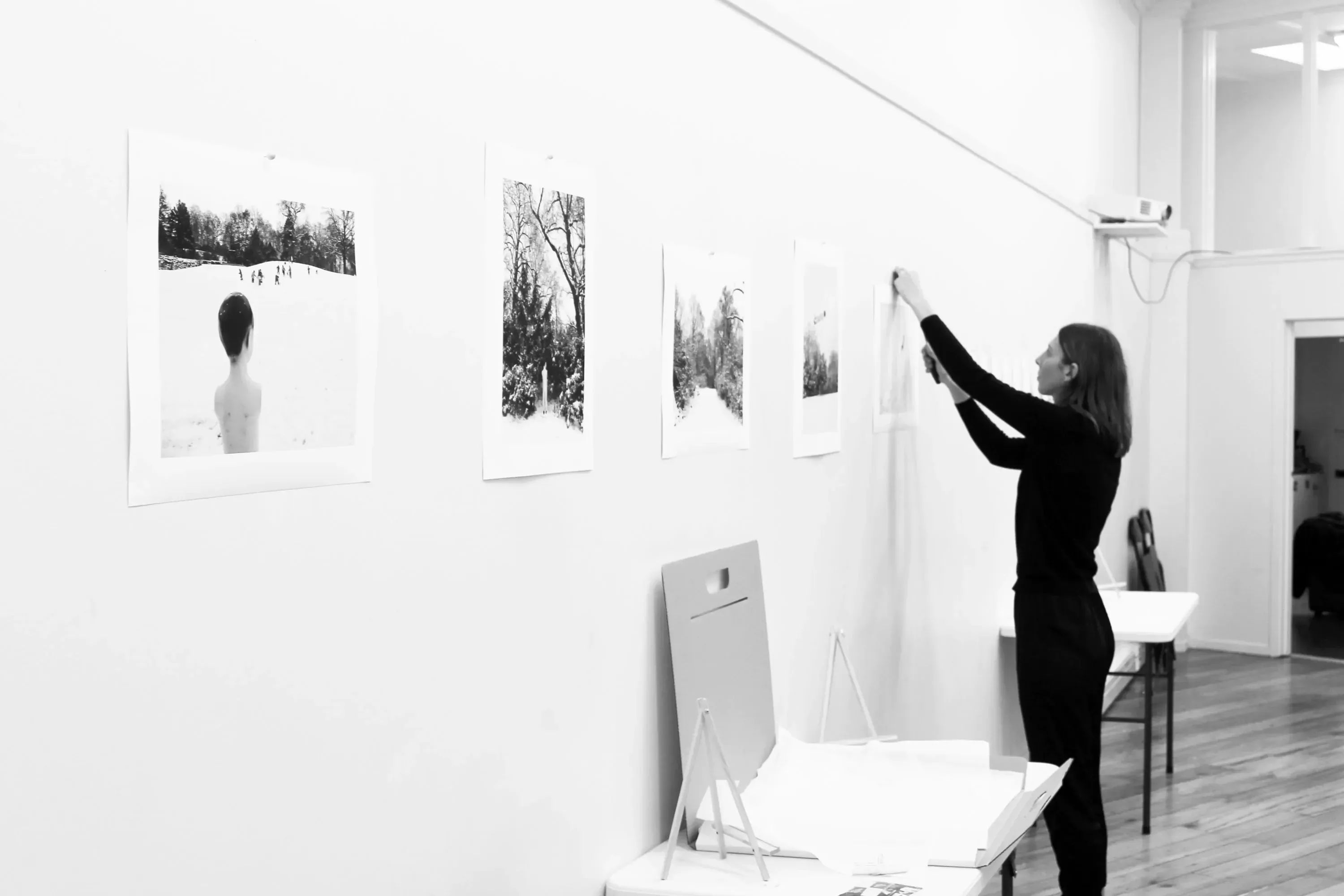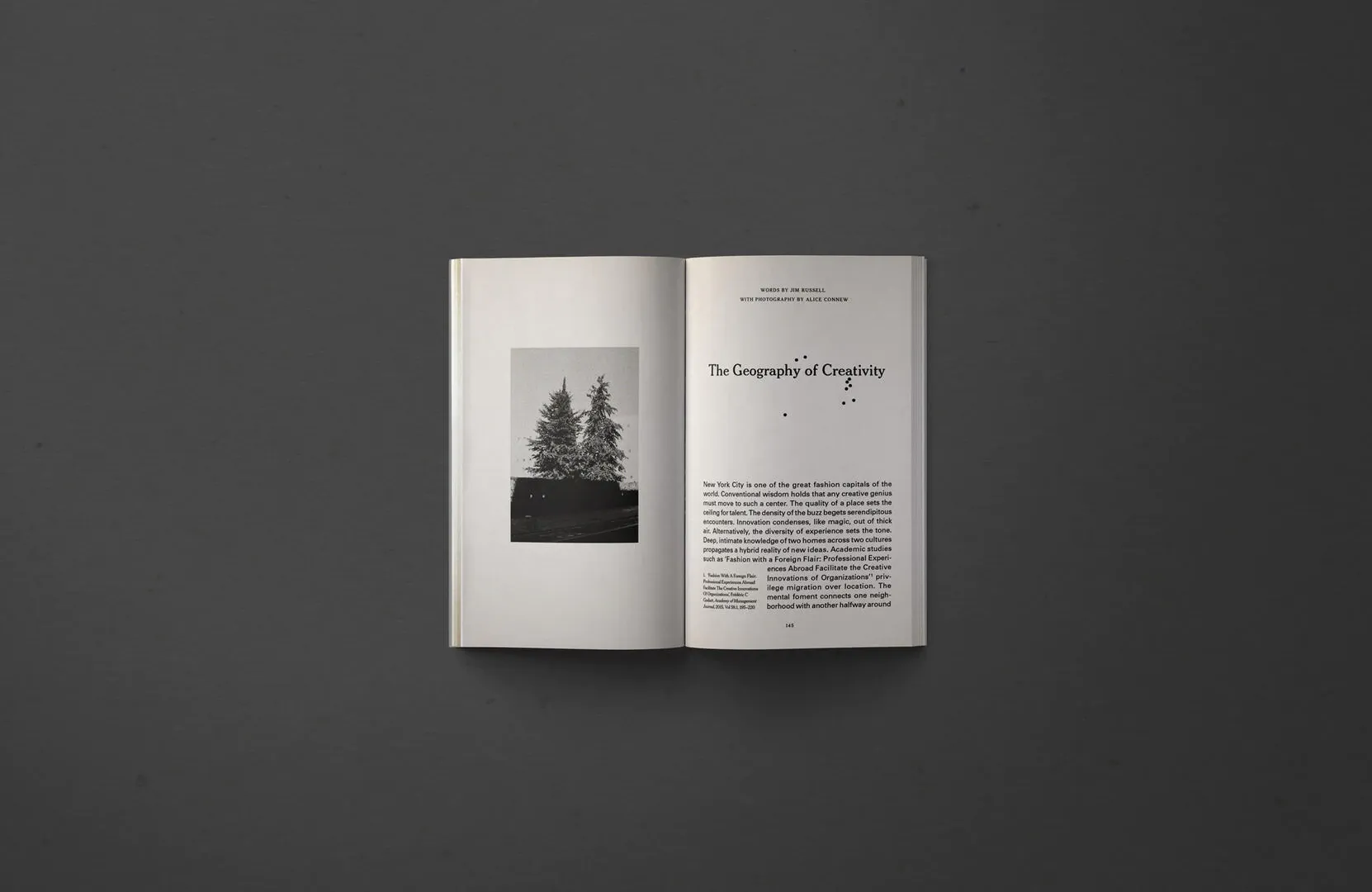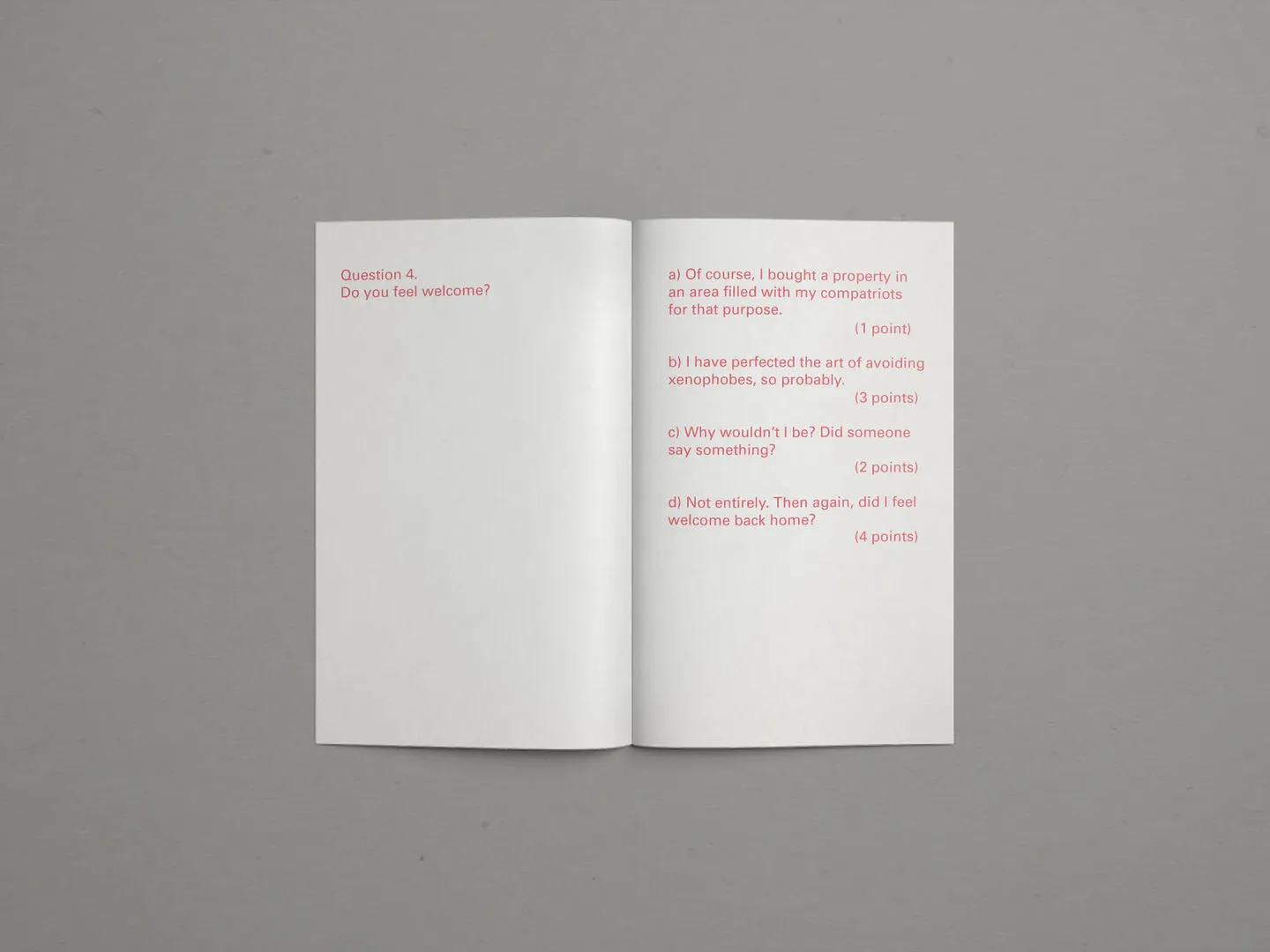Katie Kerr: Neither here, nor there
Written by


Migration is undoubtedly one of the biggest issues of our time. It has dominated the political environment in both the UK and America leading to unexpected and unprecedented outcomes. In New Zealand the topic of immigration was one of the leading issues of debate in this election. There are massive and necessary conversations happening at all levels of society across the world that are defining countries responses to how and if they open doors to people and to whom. Far, far beneath those political, cultural and social conversations are the individual experiences of those who migrate. One only has to read Dave Eggers, What is the What, or Chimamanda Ngozi Adichie’s, Americanah, to start to be able to imagine the complicated and mixed realities of living as a foreigner in a different land (in an American context anyway). No matter the reason for migrating, whether under duress, in search of adventure, or seeking better work opportunities, the experience of moving from your place of home to a new culture is deeply personal, manifold, and largely undocumented.
For artists, thoughts of migrating to another country are often caught up in a romanticised notion of moving into the unknown to find ultimate inspiration. Katie Kerr, a graphic designer and publisher, has recently returned home to New Zealand after five years living in London and the topic of migration lies at the heart of her current work. She brings the perspective of someone who has been living amongst the heated political debates on migration combined with the experience of an artist moving overseas in search of finding a place where she could flourish as an artist. She has recently curated and self-published a beautifully crafted book called Between Two Strangers which explores migration through the lens of the artist.
“There is a deep romanticism around the artist moving to the big city and ‘making it’.”
“The story of the artist as a migrant is not a new one”, says Katie. “Creative minds from Gauguin to Nabokov to Weiwei fled the confining norms of their homeland in search of stimulus and freedom abroad, and in turn, engendered some of their most admired work. However, in the current political climate, migration is a polarising issue.The outcome of Brexit and the election of Donald Trump have raised the question: who is a migrant and how do they contribute to society? Artists have a unique ability to present honest revelations on the romance and realities of migration.”
Between Two Strangers includes stories, essays and interviews with twelve artists who have migrated abroad from their home country. “The artists have resettled in London, New York and Tokyo from all corners of the globe - from Eritrea to China to Sweden - and from all walks of life.” Each reflect on their experiences of migration, offering distinct and unique perspectives of the impact of migrating personally and professionally. “I discovered an intense need for these artists to talk about their experiences and thoughts on migration in their own words.” For some it has been a form of uncomfortable exile, while for others it has offered an opportunity to recreate themselves. Some have found success in their status as an ‘outsider’ while others have moved home. No two stories speak of the same migratory tale.

Katie’s personal experience of migration started as a 22-year old, when she fled New Zealand looking for an escape from the extraordinary circumstances that had defined her fledgling post-university experience. “I had had a rough start to life outside the ivory tower. Three weeks after leaving Ilam, a house fire destroyed my home and possessions, which was then compounded by the February earthquake which demolished my new home, followed by a winter in Christchurch where everything was broken and insipid. I didn’t have anything to lose by leaving - a fresh start was calling. I left New Zealand on New Year’s day in 2012.”
She left in search of a place where she could thrive. After some adventurous travels she landed where many have before her, in London where she did find relative success as a graphic designer in a creative agency that handled large commercial clients. It was not the success of romanticised artistic freedom and untapped inspiration that had subconsciously woven into her expectations through works of fiction and the stories of writers and artists gone before her. “The reality was that even though I managed to find some form of success overseas, I spent five years in London feeling like I belonged some place in between two cultures.”
The more familiar life in the UK became, the more distant Katie felt from home which left her feeling an outsider in both places. As her awareness of her own position in society grew, so too did her interest in the broader migrant experience. While in London, she created a book called Migrant/Expat as part of a collaboration with There There a Romanian/Serbian theatre company. This "tongue-in-cheek" book walks the reader through a series of questions that expose labels of identity tied into migration. The book opens with the question: “Are you an expat or an immigrant? You’re only five questions away from finding out!”

Overtime she became disenchanted with using her graphic design practice for the purpose of advertising. The unrealistic timeframes, lack of depth and criticality in the work, and act of designing for a brand rather than an idea did not meet her idea of ‘thriving’ as a graphic designer. She returned home to start a Masters at Ilam and has established a small publishing company with photographer Alice Connew called GLORIA.
Reflecting on her own experiences, Katie was left questioning the artist experience of migration - is it true that cultural immersion sparks imagination, or like in her experience, is there a more complex and nuanced story? She sought out the stories of those who live as artists in countries foreign to their own.
"There is a mythology around the migrant artist, deducted from the often-romanticised experiences of mobile artists and writers. Recently, a study by American sociologists identified a scientific link between living abroad and creativity. The media was quick to latch onto this research as evidence that any artist seeking creative fulfilment should jump on a plane at the next sign of disenchantment with their homeland. But what are the real-life consequences of this? Does the dream of moving abroad to develop as an artist match the reality once arrived? Does the surmounting pressure to succeed creatively have an effect on the artist? Does returning home mean you’ve failed?”
Through this publication, Katie has begun to explore the individuality of the migratory experience. It speaks to the lack of personal experiences amongst a global media that is saturated with stories on migration. Placed within the community to which she belongs, Katie says that “the humble objective of this publication is to divulge the unfeigned experience of an artist who migrates. To find out whether their imagination was suddenly ignited by immersion in another culture -- or whether, like my own experience as a migrant, it is more complicated than that." Between Two Strangers offers a small but vital contribution to a larger broadening of how we talk about migration.
Katie Kerr work & projects, GLORIA books